Search Images
Browse Content (p. 1393)
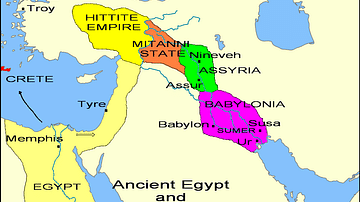
Image
States of the Fertile Crescent, c. 1450 BCE
A map illustrating the various political states within the Fertile Crescent c. 1450 BCE.
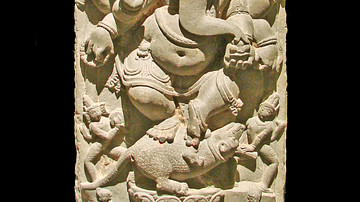
Image
Ganesha Stela
An 11th century CE slate relief of a dancing Ganesha from North Bengal, India. (Asian Art Museum of Berlin)
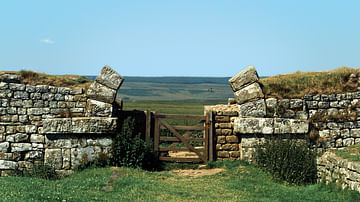
Image
Arched Gateway, Hadrian's Wall
An arched gateway of Hadrian's Wall (c. 122 CE) near Milecastle, Northumbira, UK.

Image
Queen Tiye Bust
Bust of the Egyptian queen Tiye (1398-1338 BCE), wife of the pharaoh Amenhotep III, mother of Akhenaten, and grandmother of both Tutankhamun and Ankhsenamun.
Altes Museum, Berlin.
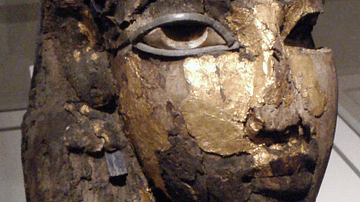
Image
Funeral Mask of Queen Tiye
The funeral mask of the Egyptian queen Tiye, 1398-1338 BCE. Tiye was the wife of the pharaoh Amenhotep III, mother of Akhenaten, and grandmother of both Tutankhamun and Ankhsenamun.(Altes Museum, Berlin)
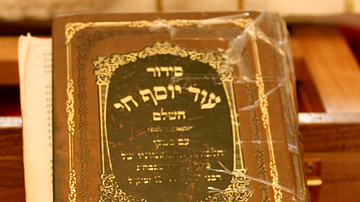
Image
Torah, Baku
A Torah in the Synagogue of Ashkenazi Jews in Baku, Azerbaijan.
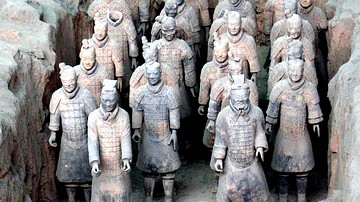
Image
Terracotta Army
A portion of the Terracotta Army, the clay life-size army in the tomb of the Qin emperor Shi Huangdi. c. 210 BCE, Shaanxi Province, China.
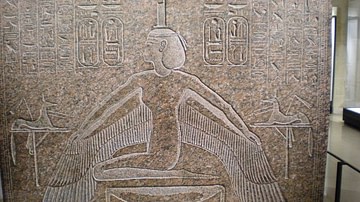
Image
Sarcophagus of Ramesses III
Sarcophagus of Ramesses III (1184-1153 BCE).
Found in the Valley of Kings.
Louvre, Paris
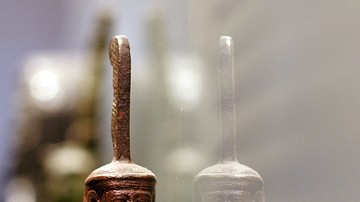
Image
Ma'at Figurine, Louvre
Sitting figurine of the goddess Ma'at. (Louvre, Paris)
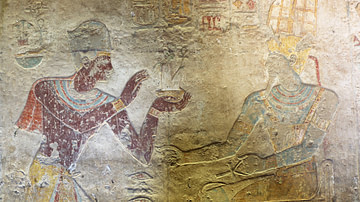
Image
The Offering of Ma'at
This is a raised and colored relief within the interior of the Temple of Beit el-Wali, Lake Nasser, Aswan, Egypt (c. 1276 BC). On the left, Ramesses II makes an offering of the goddess Ma'at to the god Amun.